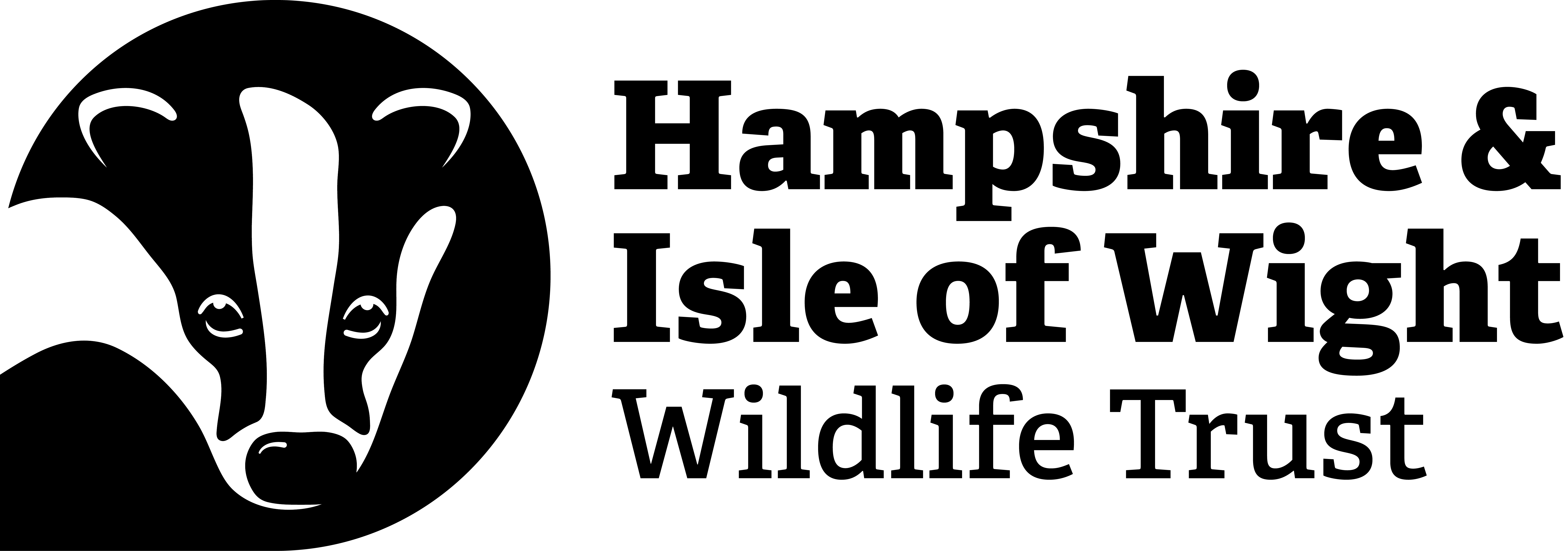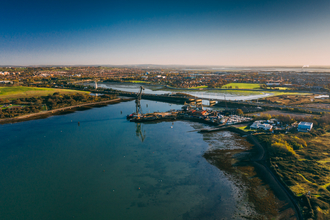Speak up for nature by responding to your Local Plan consultation
Getting involved with the preparation of your local plan is a great way to ensure that your local authority recognises opportunities to protect and enhance nature locally in new developments. Across Hampshire & the Isle of Wight, we work to respond to the Local Plans of the 11 District Councils, 2 National Parks and 3 Unitary Councils. These plans guide decision-making on planning applications by identifying potential opportunities and barriers to future development.
Once an area has been identified for a specific land-use, such as housing, retail or industry, it is much more difficult to successfully oppose individual Planning Applications for the area. This is why it is important to speak up for nature and ensure that key policies for nature’s recovery are integrated locally, such as the Local Nature Recovery Network (LNRS) and Biodiversity Net Gain (BNG).
Once your Local Plan is adopted, it will be reviewed every 5 years to ensure that plans are reflective of changing Government policies and local context. Responding to these reviews is also a positive way to shape your surroundings and speak up for nature.
Find all the Local Plans for Hampshire here and the Isle of Wight here.
The Local Plan process
Local Plan preparation
In the UK, we operate a plan-led system. This means that planning applications are decided on in accordance with Local Plans and Neighbourhood Plans. Preparing a Local Plan will shape the new developments in the local area and can ensure that harmful impacts on the environment are minimised.
The Plan will prepare for future development needs through site allocation and set out policies to guide decision-making on planning applications over the next 15 or so years.
The preparation stage of the Local Plan is known as Regulation 18. This version of the Plan will be published for a public consultation period, usually of 6 weeks. At this stage, the consultation will focus on initial issues which are important to the community and options for potential development sites – which will define the Plan.
Public insight into what the needs of the local authority are, which sites should be developed, and which should be protected are vital for plan-making.
Local Plan publication
The final stage of plan-making is Regulation 19, known as the publication stage. The updated draft of the Local Plan will be published for a final public consultation. Responses to this consultation should focus on the soundness and alignment of the draft Plan with national policy.
After this, the local authority can make changes to the draft, which sometimes may involve further consultation if changes are significant. Then the Local Plan will be submitted to the Secretary of State, for independent examination by a planning inspector.
Local Plan examination
After the local authority submits the draft Local Plan to the Secretary of State, a planning inspector is appointed to examine the plan. This process usually takes roughly a year to complete. The inspector must assess whether the plan is sound, according to 4 tests of soundness set out in the National Planning Policy Framework:
-
Positively prepared
-
Justified
-
Effective
-
Consistent with national policy
During the Local Plan examination, you can continue to make your voice heard by submitting written statements to the planning inspector, if requested. You can also attend hearing sessions if you responded to the Regulation 19 plan. If you have any questions about the examination, you can contact the Programme Officer via the council website.
Written Statements
These statements can provide answers to questions about the soundness of the plan. A request for written statements will be published in the Inspectors guidance notes, if required.
When submitting a written statement, make sure not to repeat your Regulation 19 response, as the Inspector will already have access to this. Keep the statement focused to your area of interest, as well as the Matters, Issues and Questions set out by the Inspector. Be clear and check for word limits.
Hearing Sessions
Hearing sessions can help to clarify any remaining issues with the draft Local Plan. If you responded to the Regulation 19 Plan, you have a legal right to speak at the hearing, but you don’t have to! Registration to attend the hearing will be outlined in the Inspector Guidance Notes.
In these sessions, try to be succinct – explain your views, the reasons for them and what you think should be changed.
Adoption of the Local Plan
When the changes recommended by the Inspector have been made, the Council decides if they want to adopt the Local Plan. Any issues you have with the Plan should be raised with the Council at this stage.
After the Local Plan is adopted, it will be reviewed every 5 years with a public consultation.
For guidance on promoting nature’s recovery in your Local Plan response, see our responses to recent Local Plans below:
Want to campaign for a greener future in Hampshire and the Isle of Wight?
Working with our policy team, you can get the guidance and training you need to run effective campaigns, respond to strategic planning consultations and drive change.
Campaigning can be what you make of it - meeting with MPs and councillors, letter-writing, responding to planning applications, sharing your experience on our blog. There’s lots of opportunities to get involved with!
If you are interested in becoming a Campaign Leader, or have any questions about the role, contact campaigns@hiwwt.org.uk


